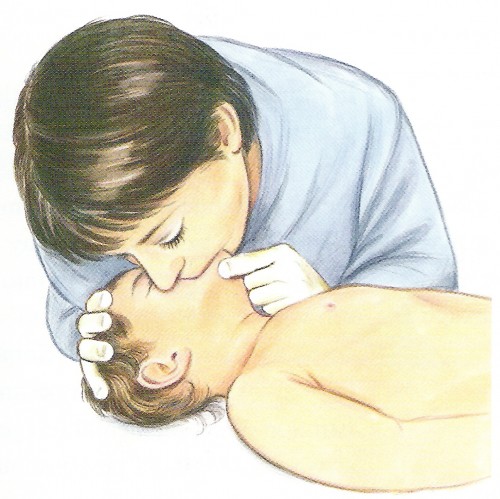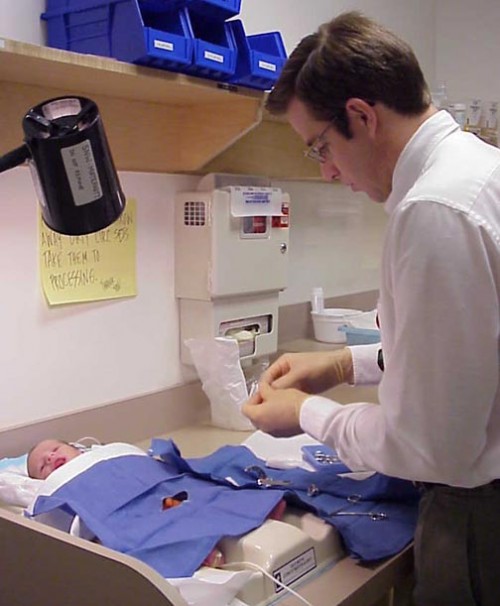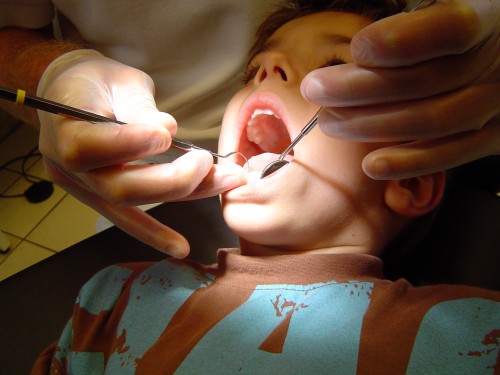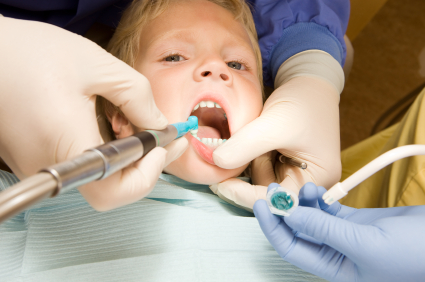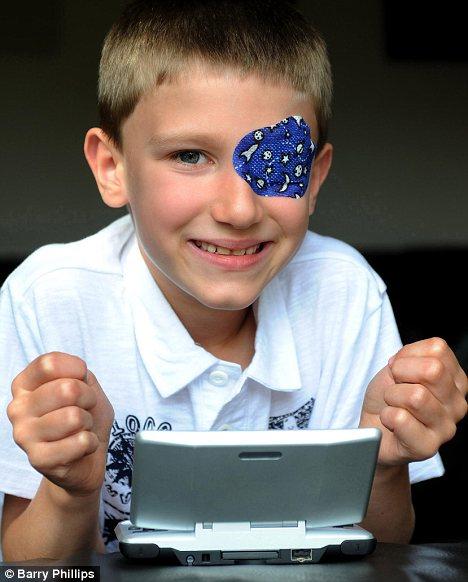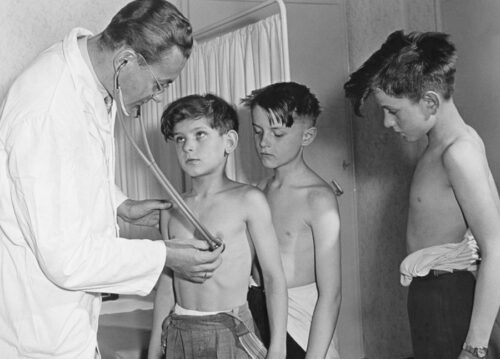Showing posts from: January 2012
Just ask anybody. With all the gadgets and technology we have now, most children are saved in emergencies, right? All the television shows prove it, right? Now days, just call 911 and paramedics save most children… right?
WRONG! It is true that, for adults, the EMS system has dramatically improved survival; but, for children the survival rates in out-of-hospital cardio-pulmonaryarrest are abysmal. (more…)
When I speak at a prenatal childbirth class, I usually talk about "little things."
The things which sometimes seem insignificant, but which in reality really do make a great deal of difference.
Things like: fluoride drops, car seats, feeding the right foods, etc.
(more…)
The first time a physician is faced with an unconscious patient of unknown cause, he becomes “sold” on the idea of Med Alert bracelets.
For years, most of us have encouraged diabetic patients to wear these type of bracelets or carry an I.D. card in their wallet.
(more…)
Recently there has been developed a new technique of dental care which, if proves successful, may totally change dental practice.
Several different contributing factors to cavities have been known for some time; but, (more…)
In younger years, I was in a play in which a very interesting song was sung.
“Did you ever think in the middle of a wink what your eyes are doing for you? Your nose when it blows, your hair when it grows, consider what a job they do” went the lyrics.
There are many things (in fact most things) about the human body that we do, in fact, take for granted.
(more…)
It may surprise you to know that 10 – 15% of children go through a "phase" of speech "non-fluency". That is: Stammering, Hesitancy, Delay, or Stuttering before they reach adulthood.
Worldwide, 1% of people stutter in the US speech therapists quote the figure 5 in 100. And there is (more…)
There are two things which a trained pediatrician usually checks for more frequently than other physicians who see children: Developmental Dysplasia of the Hip(DDH) and Amblyopia (lazy eye).
Developmental Dysplasia of the Hip, or DDH (formerly CDH), occurs when the hips of a new born infant are either inadequately or inappropriately developed at birth. The acetabulum (socket) of the pelvis is too shallow to allow the head (ball) of the femur (large leg bone) seat well, so it continually pops out.
(more…)
The earliest thing an infant learns to do, even before talking, is to: Communicate. It is something most of us struggle to perfect; and, are still learning as we close out our lives.
Research tells us that there may be as much Communication without words as with them. (Gestures, touch, body language, etc.)
(more…)
There is a lot more discussed these days in medical meetings than medicine!
The new topics include computers, credentialing, new governmental rules, insurance company policies to control medical costs, and political maneuverings. Now these topics are neither particularly new nor worrisome, but the list just doesn’t stop there.
Read more→
 A major problem we have in pediatrics, I was told one time, is that: “we have raised a generation of grandmothers who have never even seen measles.”
A major problem we have in pediatrics, I was told one time, is that: “we have raised a generation of grandmothers who have never even seen measles.”
I was speaking with a pediatric colleague of mine, and we were discussing the way grandparents provide a great deal of teaching to new parents as they raise their first few children. And a grandma who has actually seen a case of measles is a rare find.
I believe what my colleague said is true! Medicine has changed a great deal in even the past few years. Rubella and other diseases are not seen as much anymore.
(more…)
For parents with small children: what is their health and fitness like right now, and what is it going to be like going forward? Developments in measuring techniques seem to be telling us that our children now are less healthy than our parent’s children.
Fitness? Well that’s almost a no brainer. Everyone is less fit than the kids in our parent’s generation. Not so smug now, are we?
Yes, it’s true the life-span is longer because we’ve made humongous strides in medical treatment and inventions; but truly, our lifestyle is doing us in.
This curation of posts are those which try to explain why and what to do about it: Children’s Health and Fitness.
5 Posts in "Children's Fitness" Series
- Children's Health-N-Fitness: Intro/Index – 1 Jan 2012
By recently developed methods of measurement, children's health in the U.S. is poorer than it has been in former years. In addition, they are less fit. Some reasons are completely obvious to anyone whose lives have spanned more than 20 years or so, some are not. Posts in this series try to explain why.
- Athletic Warmups for Children – 4 Jan 2012
Warm-ups do more than just prevent "stiff muscles," they actually decrease the risk of injuries and increase performance.
- Children Jogging with Parents – 13 Sep 2013
An active mother wonders about the propriety of taking her children jogging with her.
- Children's Health: Less Healthy Than 50 Years Ago – 13 Sep 2017
Your kids are taller, better fed and wealthier than your grandparents; so, why are today’s children LESS healthy than 50 years ago? Children’s health has actually gotten worse!
- Children's Fitness: The Bleep Test – 17 Sep 2017
A previous article compared children’s health of today with those of 50 years ago and found our kids come up wanting. The fitness of your child can be easily improved by making a game out of “the BLEEP” test, a 20 meter (21.87 yards) running aerobic fitness test done in time to “BLEEPS”—or beeps—on a music player.
I’ve written several other posts over the years on similar topics. If you’d like to know a bit more perhaps you might like some health-related proverbs.
:

